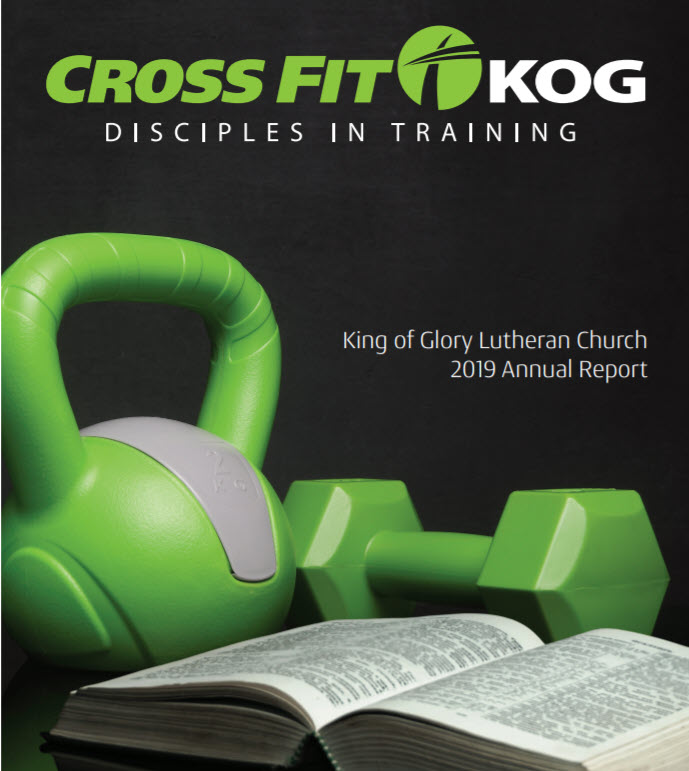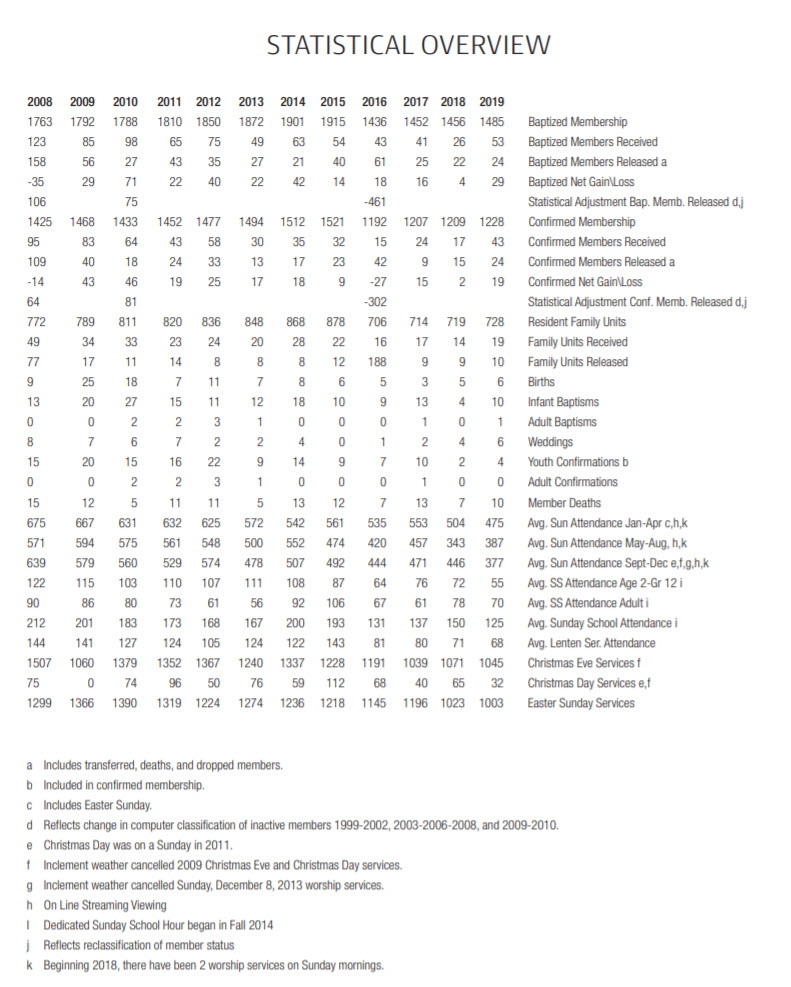I’ve spent my entire life in church. More specifically, I’ve been a part of a dozen congregations affiliated with a group of denominations most continue to label Mainline Protestant (for more on my departure, check out Giving Up Mainline Protestantism).
Defining Success
Individual congregations rarely provide stakeholders with a clear definition of success. As a result, most members and many active participants are left to assume their congregation is doing just fine provided it raises the funds needed for its budget, and continues to offer the various ministries it has in recent years.
Outputs
The most common on outputs measured are sometimes referred to as butts, bucks, and buildings.
- Butts. This statistic is all about attendance. The most commonly used metric is average weekly worship attendance.
- Bucks. This statistic focuses on finances. The most commonly used metric is an annual budget.
- Buildings. This measurement is all about facilities. Facilities are often the second most expensive item in the budget (behind only human resources), the most visible element of a congregation to the larger community, and the location of most church ministries.

The underlying assumption in the ongoing use of these metrics is that more is better. Put differently, a church is healthy and growing if, over time, more people come to worship, more money is given, and buildings grow in number and are kept in good condition.

While growth in these areas is normally good for the congregation, they do not guarantee that a church is living in to its mission, up to its vision, or acting in ways consistent with its values. Furthermore, it does not guarantee that individual participants in the life of the congregation are growing in their faith. In short, these metrics are only capable of telling part of the story.
Outcomes
It is reasonable for a denomination to require a local congregation to submit an annual report containing statistics that help the denomination know how many members it has, what its average worship attendance is, and even how much money flows through its congregations.
And, it is increasingly important for congregations to go deeper than what is required by their denomination. One key reason congregations often venture into outcomes is because of increased donor expectations.
In recent years donors have begun asking more questions about how the funding they provide is used, and what the results of their investment are. While this is widespread in the non-profit sector and a common expectation of many larger funders, it is newer and still less common in local congregations.
Terminology: An output is an accounting of how much or how many of something performed while an outcome is the change or transformation (if any) that resulted from the activity.
Transformation
At its core, the church in all of its expressions should be about transformation. Annual congregational reports (as well as other forms of communication about who the church is and what the church is doing) must go beyond butts, bucks, and buildings by exploring how the church has positively impacted people and made the local community a better place to live for all people and for all of creation.
What transformation looks like in each congregation will differ. I assume it will include some universal elements (e.g., loving God, loving neighbor) and many contextual elements. The unique elements should align with the congregations mission, vision, and values and may be expressed in a strategic plan or other longer range document that helps document the journey from present state to desired future state.
Shifting from measuring progress solely in outputs to also including outcomes is a big change. And, it is a change that is overdue.